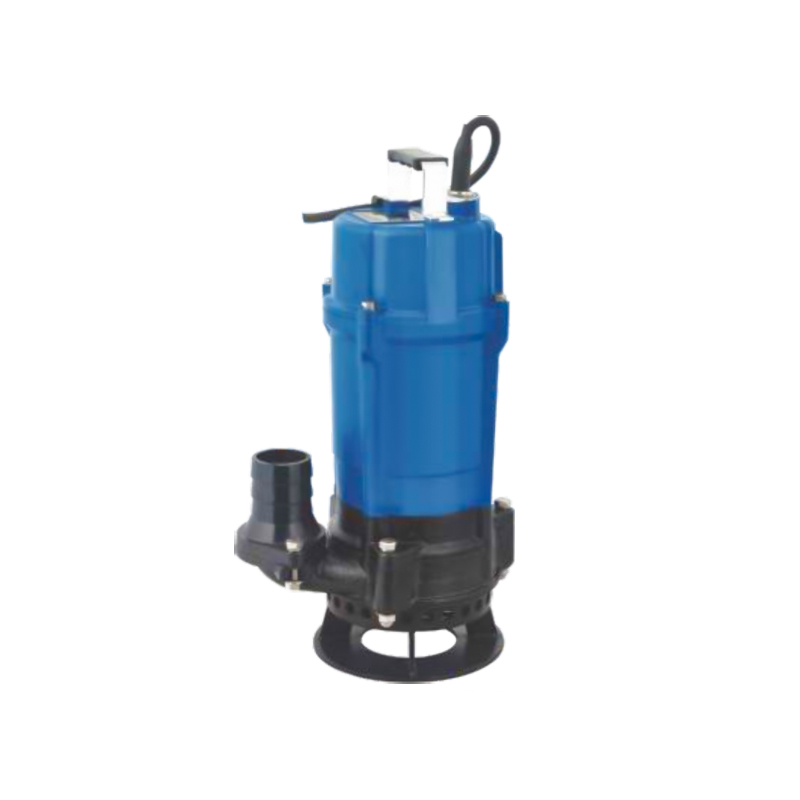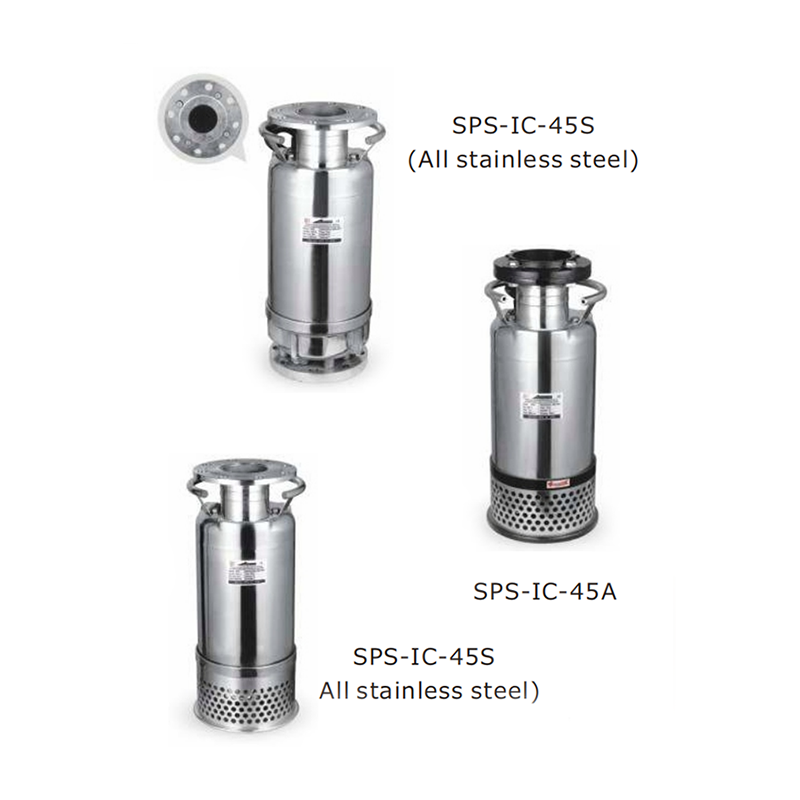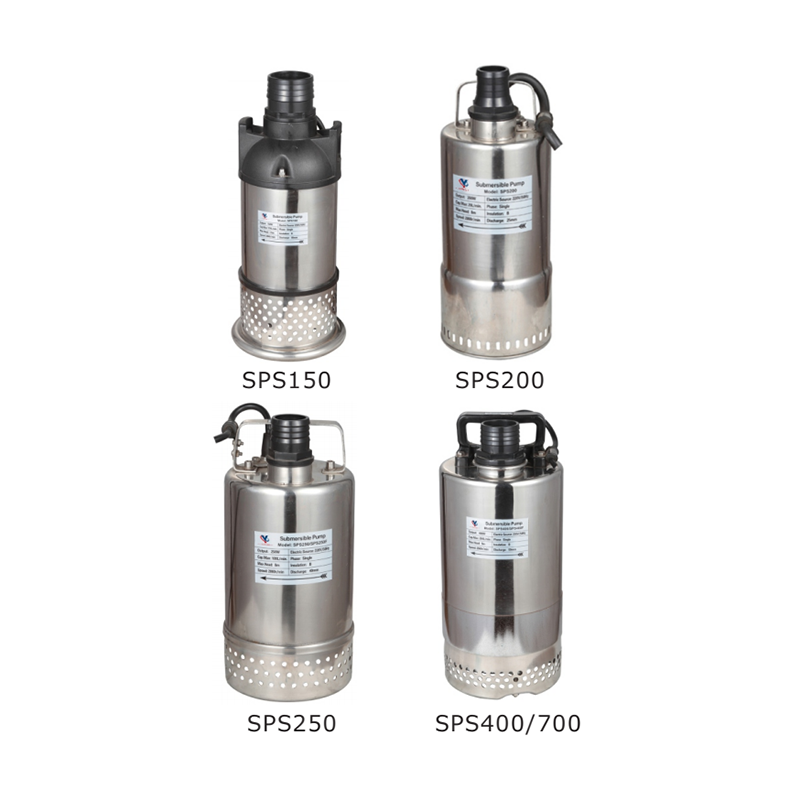A submersible dewatering pump is a versatile and efficient tool designed for draining water from flooded areas, construction sites, and industrial facilities. These pumps are submersible, meaning they are designed to operate underwater, making them particularly useful for handling water in areas where traditional pumps might not be effective. Submersible dewatering pumps are used in various applications, including flood control, water treatment plants, drainage systems, and construction projects.
A submersible dewatering pump consists of a motor, pump housing, and impeller, all enclosed in a waterproof casing. The pump is submerged directly into the water, and the motor drives the impeller, which moves water through the pump and out through the discharge pipe. The unique feature of submersible pumps is their ability to operate underwater, which eliminates the need for suction lines and priming, making them highly efficient for dewatering tasks.
Submersible pumps are typically used in applications where large volumes of water need to be removed quickly. The pump operates quietly underwater, making it suitable for use in noise-sensitive environments. It is designed to handle water that may contain debris, sand, and other solids, making it ideal for construction sites and other industrial environments.
 |
 |
Key Features of Submersible Dewatering Pumps:
Efficient Water Movement: Submersible dewatering pumps are designed to move large volumes of water quickly, which is crucial in situations where fast drainage is necessary, such as during heavy rainfall or flooding. These pumps are capable of pumping water to significant depths, allowing for thorough dewatering of areas like basements, construction sites, and mines.
Durability and Corrosion Resistance: Submersible pumps are often built from durable materials, such as stainless steel or high-grade plastic, which make them resistant to corrosion. This durability allows them to operate effectively in harsh environments, including saltwater or chemically aggressive water, without deteriorating over time.
Compact Design: One of the advantages of submersible pumps is their compact design, which allows them to fit into tight spaces. Their small size and ability to be submerged make them ideal for working in areas that are difficult to access with other types of pumps.
Self-Priming Capabilities: Unlike traditional pumps, submersible dewatering pumps do not require priming. This is due to the pump being fully submerged in the water, meaning it can start pumping without needing additional water to create suction.
Safety Features: Many submersible dewatering pumps are equipped with built-in safety features to prevent overheating and damage from running dry. These features protect both the pump and the operator, ensuring safe and efficient operation.
Submersible dewatering pumps are used in a wide range of industries and applications. Some of the more common include:
Construction Sites: Dewatering is essential on construction sites, where groundwater or rainwater accumulation can delay projects and create unsafe working conditions. Submersible pumps help remove excess water quickly, ensuring that work can continue without interruptions.
Flood Control: During heavy rain or natural disasters, floodwaters can pose a significant threat to communities. Submersible dewatering pumps are often used in flood control systems to help remove water from affected areas, preventing damage to property and infrastructure.
Submersible dewatering pumps are essential tools for a variety of applications where efficient water removal is required. Their ability to operate underwater, durable construction, and self-priming capabilities make them highly effective in dewatering tasks, particularly in challenging environments.



 English
English русский
русский عربى
عربى







